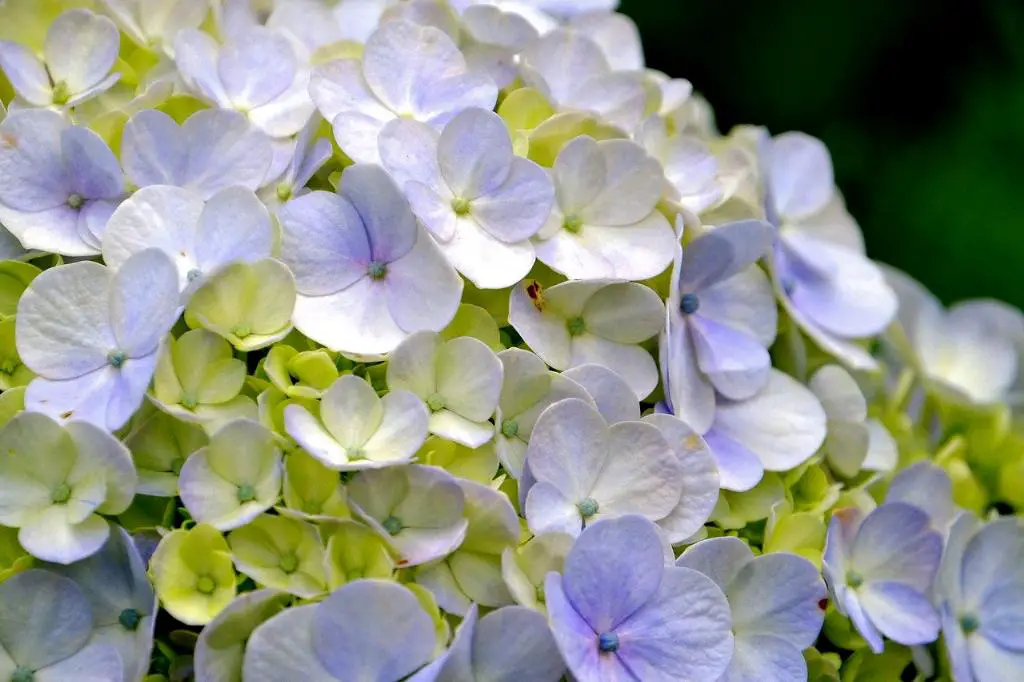Planting hydrangeas can be a rewarding experience for any garden enthusiast. These beautiful bushes add a pop of color and elegance to any landscape. If you’re wondering how to plant hydrangea bushes properly, follow these simple steps for a successful planting process.
1. Choose the Right Location
Hydrangeas thrive in well-draining soil and partial shade. Select a spot in your garden that receives morning sun and afternoon shade to ensure your hydrangea bushes get the optimal light conditions.
2. Dig the Planting Hole
When planting hydrangeas, dig a hole that is twice as wide as the container the plant came in. Ensure that the depth of the hole is equal to the height of the root ball when placed inside.
3. Prepare the Soil
Hydrangeas prefer a rich, well-draining soil mixture. Amend the soil in the planting hole with compost or organic matter to provide the plant with essential nutrients for healthy growth.
4. Remove the Plant from the Container
Gently remove the hydrangea bush from its container, being careful not to damage the roots. Loosen any dense roots before placing the plant in the prepared hole.
5. Position the Plant in the Hole
Set the hydrangea bush in the planting hole at the same depth as it was in the original pot. Ensure that the top of the root ball is level with the surrounding soil.
6. Backfill with Soil
Fill in the hole around the hydrangea plant with the soil mixture you prepared earlier. Gently tamp down the soil to remove any air pockets and provide stability to the plant.
7. Water Thoroughly
After planting, water the hydrangea bush thoroughly to help it settle into its new environment. Hydrangeas require regular watering, especially during the growing season.
8. Mulch Around the Plant
Apply a layer of organic mulch around the base of the hydrangea to help retain moisture in the soil and suppress weed growth. Keep the mulch a few inches away from the plant’s stem to prevent rotting.
9. Prune if Necessary
If your hydrangea bush has any dead or damaged branches, prune them back to encourage healthy growth. Avoid heavy pruning, as it can affect the plant’s blooming.
10. Fertilize Regularly
Feed your hydrangeas with a balanced fertilizer during the growing season to promote flowering and overall plant health. Follow the instructions on the fertilizer package for best results.
11. Monitor for Pests and Diseases
Keep an eye out for common pests like aphids and diseases such as powdery mildew that can affect hydrangea bushes. Treat any issues promptly to prevent them from spreading.
12. Enjoy Your Beautiful Hydrangea Bushes
With proper care and maintenance, your hydrangea bushes will reward you with stunning blooms and lush foliage. Sit back, relax, and admire the beauty they bring to your garden!

